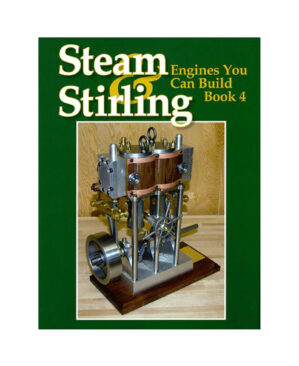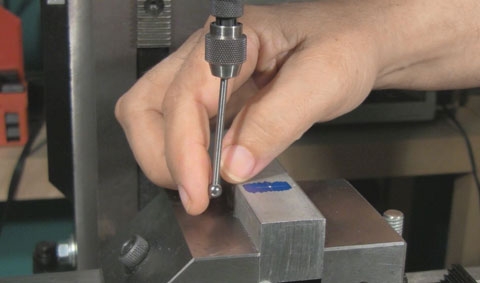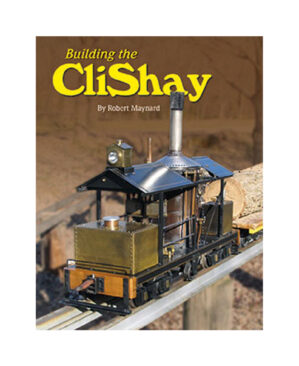Description
"If you would like to leave your name on something of lasting value, make a clock.
Most clocks will run for several hundred years with minimal repair. A mechanical clock capable of keeping time within an accuracy of 1 or 2 seconds a week can be made in a basement workshop with little more than a lathe and a drill press. Such clocks have a charm and prestige that no $5 quartz clock can match, even though the latter may be slightly more accurate.
This book will take you through the construction of a typical clock, describing, as they are encountered, those techniques of the clockmaker that differ from, or are seldom used in, model engineering. Specialized tools, virtually all of which can be made in your own workshop, are also described as the need for them arises.
This carefully written book is packed with information and clear explanations of the "how" and the "why" of a line of activity that promises endless variety, challenge and fascination. The author is a full time professional clockmaker, recognized by the British Horological Institute. My own input to the book was primarily in terms of the way things were worded, and I have a section of my own at the end, covering a few topics and ideas that I thought worthwhile to add.
One customer ordered a copy of this book, and promptly came back with an order for 7 more copies for the other members of his clockmaking club. I had the pleasure of meeting these same fellows some months later, when I was in St. Paul, MN, and they took me to lunch, so I guess they all liked the book!
Another customer told us that he had found information in this book that he had never seen in any other clockmaking book". – Guy Lautard, the book’s editor.











